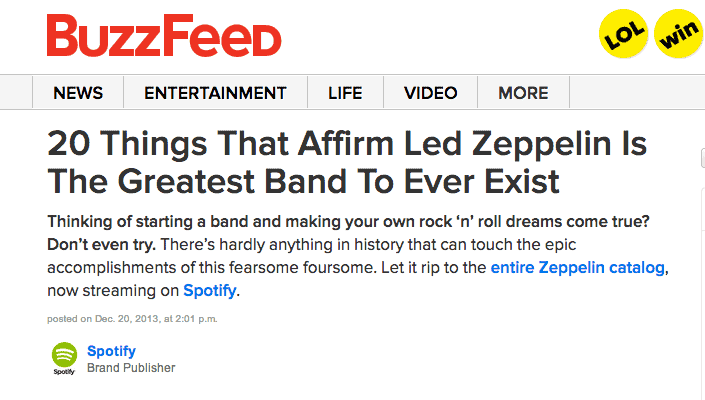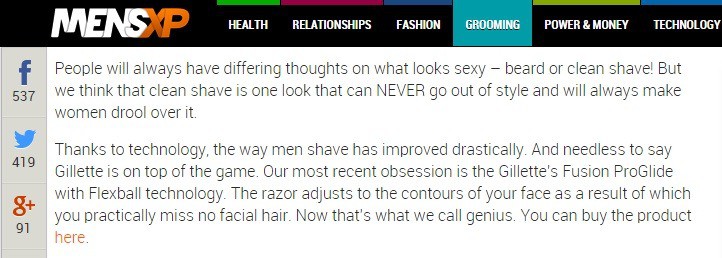
There will not be a single netizen today who hasn’t come across a listicle with a catchy headline and attractive picture while scrolling down his social media feed. We hit like in a fraction of second!
When was the last time you clicked on a banner ad? Or when was the last time you didn’t click on ‘Skip ad’ while watching a YouTube video? With viewer’s attention span getting lesser and concentration power getting less than ever, in this digital age, it is very hard for brands to cut the clutter and get the consumers to see their ads. After using many innovative mediums and ideas, brands still find it hard to achieve their call-to-action objective. Nowadays social media is so cluttered with ads that the brands are using new techniques to make people aware of their presence and more retention. Native advertising is a buzz-word!

What is Native Advertising?
According to Wikipedia, native advertising is a type of advertising, usually online but feasibly elsewhere, that matches the form and function of the platform upon which it appears. This means ads / brand mentioned are cleverly blended in the content on a third party space. This is done in a very subtle way, not to disturb the reading / watching experience of the person, yet to make them aware of the brand. In short, it is a form of advertising which doesn’t look like one! Even if people ‘see’ banner ad, they actually ‘read’ native ad and thus, spend more time on it – leading to better engagement.
How does it work?
In native advertising, brands pay various publications and media unlike content marketing where brands use strategic approach for marketing with their own media as an asset and use it for marketing. Here, the idea is to be native to the person while he is reading the blog post or watching the video. In native advertising, the thought process of the person is not disrupted yet they get aware about the brand and retain it. The advertising should be in-line with the content as much as possible so that it is almost hard to distinguish between content and ad. It is more about connecting to the audience and then informing them about your brand.
Native ads have a similar look and feel to the content they are published with.
For e.g. a brand selling men’s grooming product will create a banner ad as a normal advertising, however, when he wants to do native advertising, he identifies the platforms where his target group is most active and then create an interesting content to grab their attention and then inform about the product. It may be in form of a video – 5 quick steps to take care of your beard! Or a listicle – ’25 Reasons why girls like men with beard’.

Why your brand should go for it?
- People are more interested to read some interesting story or watch interesting videos rather than watch YouTube ad.
- Native ads have 2 times more visual focus and the readers actually read headlines as seriously as of editorials or the main news.
- Native ads have higher brand-lift as compared to the traditional banner ads.
- 25% more consumers look at native ads because of the pre-defined channels.
- Decisions and conclusions are made within a few seconds of visual encounter with the content. Native advertising scores well on right from the headline and appealing picture.
With a perfectly curated content and visual appeal to target the right audience, native advertising can take your brand at a new level with ease, depending on your power of social media presence.


